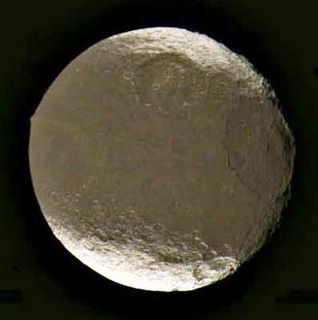
William F. Ruddiman Graphs 
The March issue of "Scientific American" has one of those "wow" articles that everyone interested in the global warming debate should read; "How Did Humans First Alter Global Climate". You cannot access the Scientific Amerian article online, but this publication; "THE ANTHROPOGENIC GREENHOUSE ERA BEGAN THOUSANDS OF YEARS AGO" by the author, William F. Ruddiman, covers most of the same ideas and has more details of the science behind his proposals. Two graphs from this article are shown above.
I found these articles fascinating because they seem to answer a lot of the questions that I had concerning what the current global warming means in the context of historical climate change. There are several interesting conclusions that come out of these articles. One is that a new glacial age would have begun with new continental glaciers beginning to form in northern North America about 5000 years ago, if not for methane and CO2 being added to the Earth's atomosphere by early argicultural methods and deforestation. Another is that pandemics such as the "Black Death" in western Europe show up in ice core data as anomolous decreases in CO2 that subsequently led to global cold spells. By killing off 40-50% of the European population, the "Black Death" led to the abandonment of numerous farms and small villages which in 50 years or so reverted to forest, pulling CO2 out of the atomosphere and cooling the planet. The spread of bubonic plague is often blamed on the success of early argicultural societies that led to crowding in cities with unsanitary conditions and of course the rats feeding on the grain. Mother nature seems to have checks and balances which so far we have continued to override, but how long can this continue?
The other big question is what role do we humans want to play in determining climatic conditions. It would appear that the very stable climate for the last 8000 years that has allowed our civilization to flourish is not natural but an unwitting result of our own activities. We may be close to understanding enough about climate to control it, but what is really optimum and how could we ever reach some global concensus.
The use of fossil fuels is the one component of the climate system many people seem focused on, but limiting methane production from farming practices and reforestation could have very significant impacts that may not have been adequately considered. Also, we must consider that the natural changes in CO2 and methane that are driven by Earth-orbital cycles continue downward, leading to a glacial age without man's interference. Clearly, there is a lot to think about here and this latest work by William Ruddiman has added a lot to the dabate.






